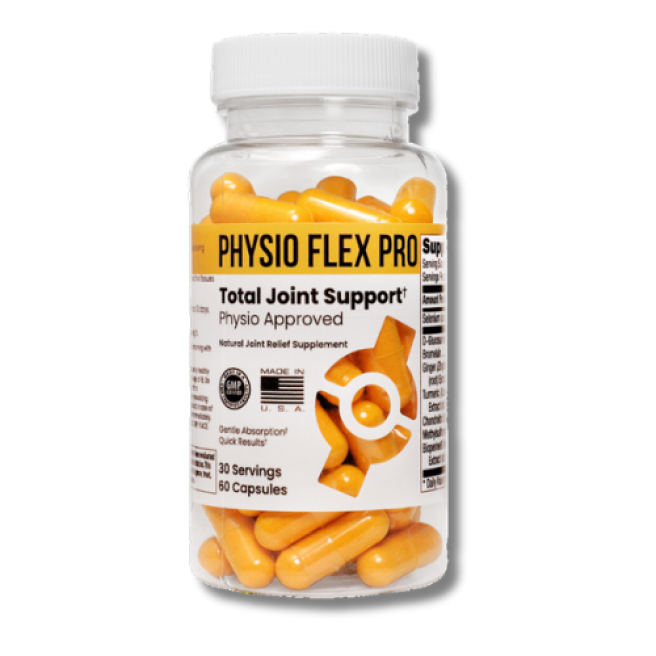Are you wondering about your joint health journey? You're not alone. With over 350 million people worldwide experiencing osteoarthritis (OA), understanding how this condition affects different age groups has never been more important. Let's break down the latest 2025 statistics and what they mean for you.
Under 45: The Early Years
Think you're too young to think about joint health? The statistics might surprise you. A remarkable 12% of all OA cases occur before age 45, and we're seeing a concerning rise in early-onset cases among active adults.
Key Findings:
- Early-onset OA accounts for 26.1% of total disability burden
- Sports injuries and repetitive movements are leading causes
- Genetic factors play a significant role
- Prevention during these years is crucial for long-term joint health
Prevention Tips for Under 45:
- Focus on proper form during exercise
- Allow adequate recovery time between workouts
- Maintain healthy weight for joint support
- Consider joint-supporting nutrients early
45-54: The Transition Decade
This decade marks a significant turning point in joint health. One-third of all OA diagnoses happen during these years, making it a crucial period for preventive action.
Important Statistics:
- 33% of new OA diagnoses occur in this age range
- Women begin showing higher prevalence than men
- One-third of diagnoses occur before age 50
- Prevention becomes increasingly important
Recommendations for 45-54:
- Regular joint mobility exercises
- Low-impact activities
- Proper nutrition for joint support
- Regular movement throughout the day
55-64: Peak Impact Years
Welcome to the age range where OA diagnoses reach their peak. A whopping 73% of people with OA are over 55, with women showing notably higher rates than men.
Key Numbers:
- Highest rate of new OA diagnoses
- Women show 21.5% prevalence
- Men show 16.1% prevalence
- Most common age for seeking treatment
Lifestyle Adjustments for 55-64:
- Balance activity with rest
- Focus on joint-friendly exercises
- Maintain consistent movement patterns
- Support joint health through nutrition
65 and Above: The Senior Years
In this age group, the focus shifts to maintaining independence and quality of life. With 43% of OA cases occurring in this age range, proper joint support becomes essential.
Statistics Show:
- 43% of OA cases are in this age group
- Highest impact on daily activities
- Greatest need for mobility support
- Focus on maintaining independence
Recommendations for 65+:
- Daily gentle movement
- Regular stretching routines
- Strength-maintaining exercises
- Consistent joint health support
Looking Ahead: The 2025 Perspective
The future of joint health presents both challenges and opportunities. Current projections show:
- 45% lifetime risk of developing symptomatic knee OA
- Expected 3.1 million new cases by 2030
- Growing impact on working-age population
- Increasing emphasis on early prevention
Taking Action: Your Joint Health Journey
Regardless of your age, there's never been a better time to focus on joint health. Consider these universal tips:
- Stay Active:
- Choose activities appropriate for your age
- Focus on low-impact exercises
- Maintain consistent movement patterns
- Support Your Joints:
- Maintain a healthy weight
- Focus on proper nutrition
- Consider joint-supporting supplements
- Listen to Your Body:
- Pay attention to early warning signs
- Adjust activities as needed
- Seek professional advice when necessary
Conclusion
Understanding how OA affects different age groups helps you make informed decisions about your joint health. Whether you're under 45 or over 65, taking proactive steps today can make a significant difference in your mobility tomorrow.
Remember: Joint health isn't just about managing conditions – it's about maintaining an active, healthy lifestyle at every age. Start your joint health journey today, and your future self will thank you.






